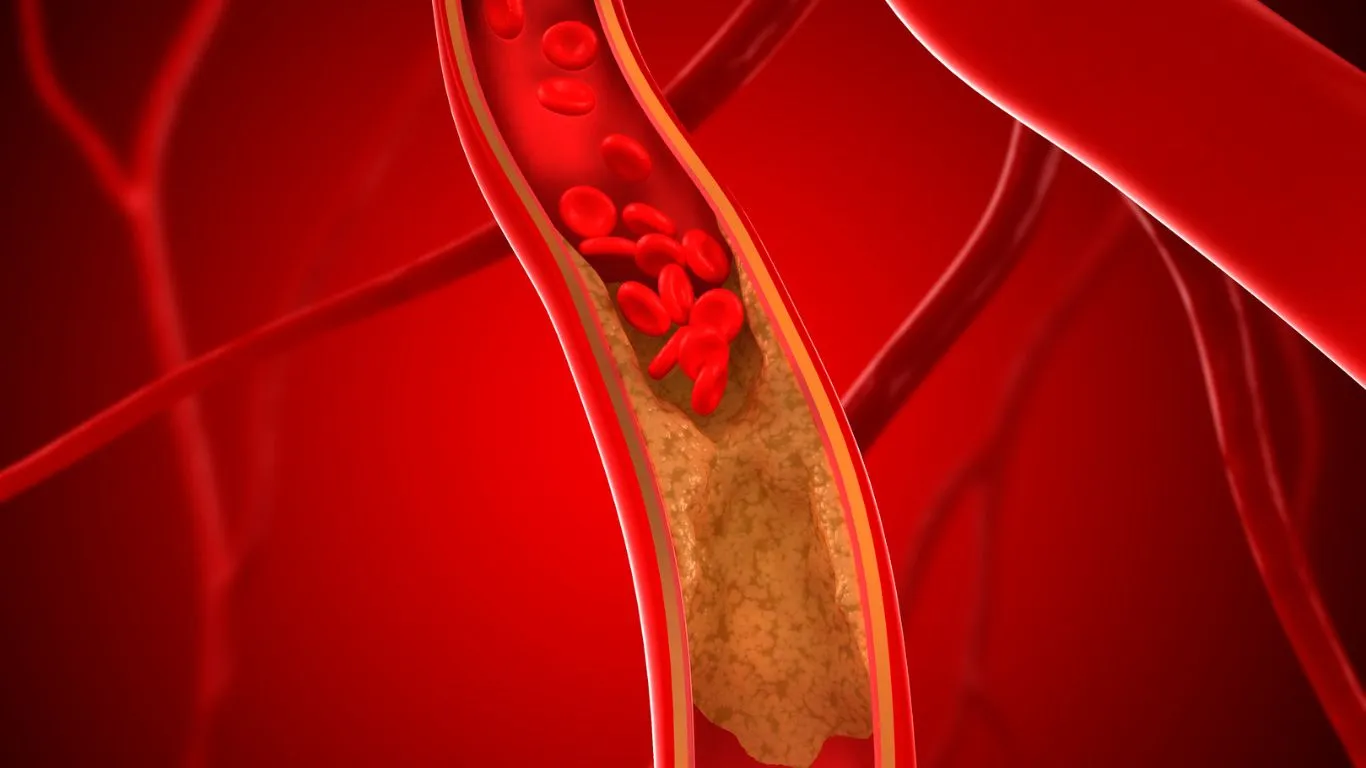
14 أغسطس Surgical Bypass for Peripheral Artery Disease
Surgical bypass for arterial blockages involves connecting arteries beyond the site of blockage to restore normal blood flow to the limbs, especially in cases of peripheral artery disease. Dr. Amir Malkawi, a vascular surgeon, will explain the details in the following article.
Definition of Surgical Bypass for Peripheral Artery Disease
The procedure aims to treat arterial blockages in the limbs by using synthetic grafts or grafts from healthy blood vessels from other parts of the body. These grafts are placed upstream from the blockage site, redirecting blood flow away from the blockage and restoring natural blood circulation in the affected area.
The surgical bypass procedure aims to alleviate blockages in the arteries of the limbs. This type of operation may also be performed to treat blockages in coronary arteries and other areas of the body.
Preparation for Surgical Bypass for Peripheral Artery Disease
There are several preparatory steps necessary for surgical bypass for peripheral artery disease, including:
- Informing the doctor about all medications used, as some may need to be discontinued before the operation.
- Informing the doctor about all allergies (including drug and food allergies).
- Providing a complete medical history, particularly if there have been previous bleeding disorders.
- Avoiding the use of cosmetics on the day of the operation.
- Avoiding wearing any accessories and jewelry on the day of the operation.
- Wearing comfortable and easily removable clothing during the procedure.
- Attempting to quit smoking if there is sufficient time before the operation.
- Abstaining from food and drink the night before the operation.
- Undergoing tests as requested by the doctor, such as:
- Electrocardiogram (ECG).
- Cardiac stress test.
- Blood tests.
- Duplex ultrasound imaging.
- Angiography.
- Computed tomography (CT) angiography.
- Magnetic resonance imaging (MRI).
Read more: PRE-CATHETERIZATION INSTRUCTIONS
Steps of the surgical bypass procedure
Steps of the surgical bypass procedure for peripheral artery disease include:
Preparation for Surgery and Operating Room Entry
The patient is prepared for surgery, and depending on the location and severity, appropriate anesthesia is administered. This may involve regional anesthesia for the limbs or general anesthesia in some cases.
Surgical Incision at the Site of Arterial Blockage
A surgical incision is made at the site where the arteries are blocked or narrowed.
Placement of Surgical Bypass Grafts
Surgical bypass grafts are carefully placed in the affected arteries using the appropriate technique. These grafts redirect blood flow away from the blocked area, restoring normal blood circulation in the limbs.
Verification of Blood Flow Post Bypass Grafting
After the surgical bypass grafts are placed, the integrity of blood circulation in the area is confirmed using X-ray angiography.
Recovery from Surgical Bypass Procedure for Peripheral Artery Disease
After undergoing the surgical bypass procedure, the hospital stay typically ranges from 1 to 3 days depending on the severity of the condition. Post-surgery, there may be discomfort at the surgical site for several days. Complete recovery from the procedure usually takes between 6 to 8 weeks. Here are some recovery tips:
- Walking Several Times a Day: Start with short walks and gradually increase the duration.
- Avoid Prolonged Sitting: Minimize sitting for long periods.
- Elevate Legs During Rest: Elevate legs when resting to reduce swelling.
- Limit Salt Intake: Reduce salt consumption to help manage blood pressure.
- Consultation Regarding Bathing and Suture Removal: Seek advice from the doctor on when it’s safe to bathe and have sutures removed.
- Keep the Incision Site Dry and Clean: Clean the incision site daily with mild soap and water.
- Consultation Before Applying Medications or Products: Check with the doctor before applying any medications or products to the incision site.
- Follow a Healthy Diet: Maintain a healthy diet to support healing.
- Adherence to Prescribed Treatment Plan: Follow the treatment plan prescribed by the doctor.
Risks of surgical bypass for peripheral artery disease
Risks of surgical bypass for peripheral artery disease may include rare side effects such as:
- Allergic reactions to anesthesia materials.
- Formation of blood clots.
- Respiratory disorders.
- Surgical procedure failure.
- Mild swelling in the legs.
- Injury to arteries in the area.
- Severe bleeding.
- Infection or pain at the surgical site.
- Heart rhythm disturbances.
- Damage to surrounding nerves.
Finally, it’s important to note that selecting a skilled and experienced surgeon reduces the likelihood of side effects and complications during arterial and cardiac procedures. Therefore, do not hesitate to consult with Dr. Amir Malkawi’s clinic for expert advice.
References:
[1] – https://www.verywellhealth.com/vascular-graft-overview-4583996
[3] – https://my.clevelandclinic.org/health/treatments/24461-peripheral-artery-bypass
[4] – https://medlineplus.gov/ency/article/007394.htm
[5]-https://www.mountsinai.org/health-library/discharge-instructions/peripheral-artery-bypass-leg-discharge [6]-https://www.webmd.com/heart-disease/what-to-know-bypass-surgery-for-peripheral-artery-disease
